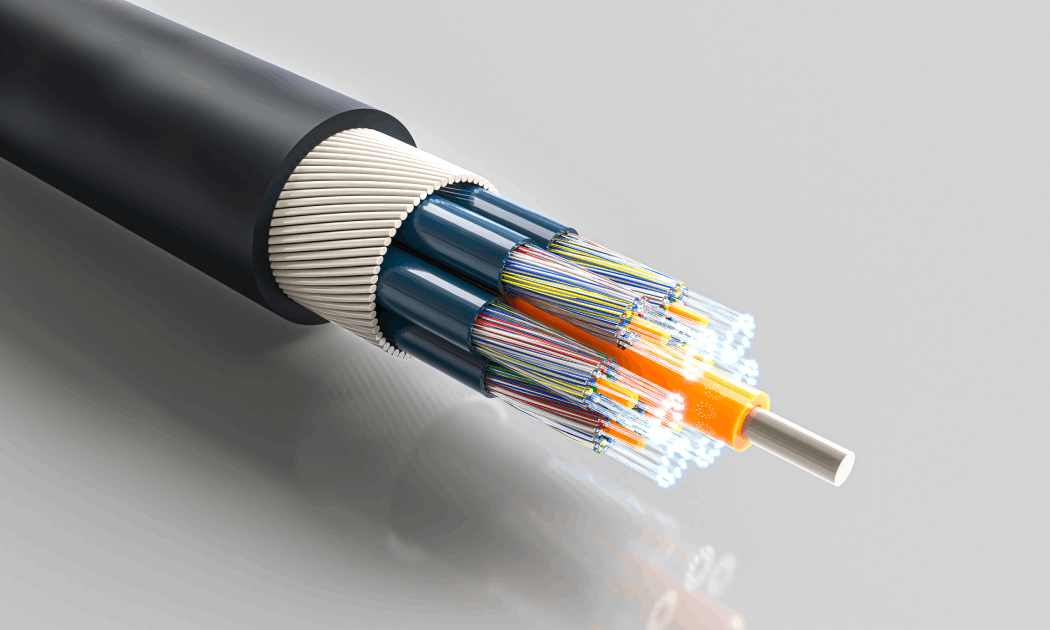Green Energy and Local Tech: Why Shielded Cables Matter for a Sustainable Future

As communities across the UK transition towards greener energy and smarter technologies, we often celebrate the solar panels on rooftops or the rise of electric vehicles on our streets. Yet behind the scenes, an invisible technology makes these innovations reliable: shielded cables. Without them, much of the progress in sustainability and local technology simply wouldn’t function as intended.
Shielded cables, particularly flexible shielding cables, are designed to block electromagnetic interference (EMI). In everyday terms, they stop signals from clashing with one another. This might sound technical, but the implications for green energy are massive. Imagine a solar panel system sending power to a home battery while Wi-Fi routers, electric car chargers, and dozens of smart devices are working simultaneously. Shielded cables ensure these systems don’t disrupt each other, keeping energy flowing smoothly and devices safe.
The UK government’s Net Zero Strategy emphasizes the rapid growth of clean energy and electric vehicles. But the more devices and renewable systems we connect, the more EMI becomes a challenge. Poorly protected wiring can lead to reduced efficiency, malfunctions, and even costly downtime for homes and businesses. This is why shielded cables are a quiet but essential part of the green revolution.
For local communities, the impact is easy to see. Smart meters, renewable installations, and even electric buses increasingly rely on protected wiring to ensure consistent performance. Shielded cables also extend the lifespan of electronics by reducing interference-related wear and tear, aligning with sustainability goals by lowering electronic waste.
In practice, flexible shielding cables are especially valuable because they adapt to different environments — from compact smart home setups to large renewable energy projects. They provide protection without limiting design flexibility, helping engineers and installers create more resilient systems.
Sustainability isn’t just about using less energy; it’s also about making sure the systems we invest in deliver their full potential. With shielded wiring at the core of green energy infrastructure, communities can adopt new technologies with confidence, knowing they’ll perform reliably for years to come.
As we look ahead to a more sustainable future, it’s worth remembering that progress often depends on the technologies we can’t see. Shielded cables might not make headlines like solar panels or EVs, but they’re quietly powering the shift to cleaner, smarter communities.